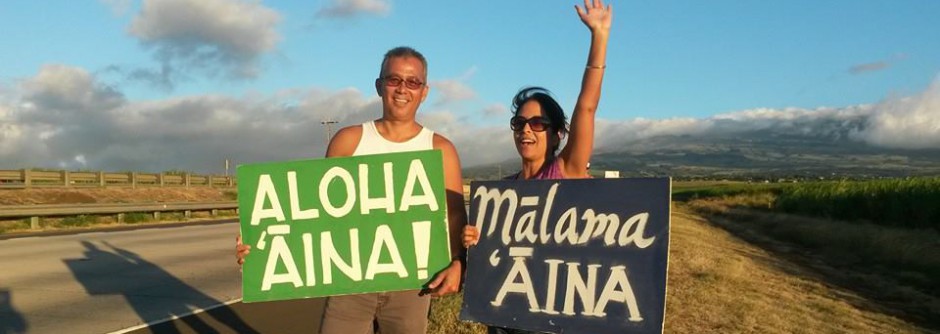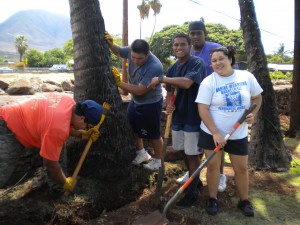Welcome to the 2013-2014 school year! I’m looking forward to meeting and working with the Senior class of 2014. I’m also very excited about debuting my new curriculum which I’ve been working on since last semester. Basically, it let’s the haumāna discover history on their own. We start off with a central historical question – one that is intriguing and can have more than one answer. I provide the primary documents and structure the flow of the class but the haumāna take it from there. They become the historians – reading, probing, asking questions, deriving plausible accounts. Hopefully they will be interested and engaged. For more information, see my syllabus on the page entitled No Ka Papa. I makahiki kula maikaʻi loa iā kākou! Let’s have a great school year!
Archives
- May 2016
- January 2016
- November 2015
- October 2015
- September 2015
- August 2015
- July 2015
- May 2015
- April 2015
- January 2015
- December 2014
- October 2014
- September 2014
- August 2014
- April 2014
- January 2014
- November 2013
- August 2013
- January 2013
- October 2012
- September 2012
- August 2012
- May 2012
- April 2012
- March 2012
- February 2012
- January 2012
- December 2011
- November 2011
Blogroll
Meta


